Unexpected true things we learned about human hair that we never knew
Hair is an integral part of human identity, often reflecting our personal style and sometimes even our health. It’s fascinating how something so common can be so complex and full of surprises. From its growth patterns to its role in culture, hair has a story to tell. Let’s delve into the intricacies of human hair and uncover some of its most intriguing secrets.
The Surprising Number of Hairs on Your Head
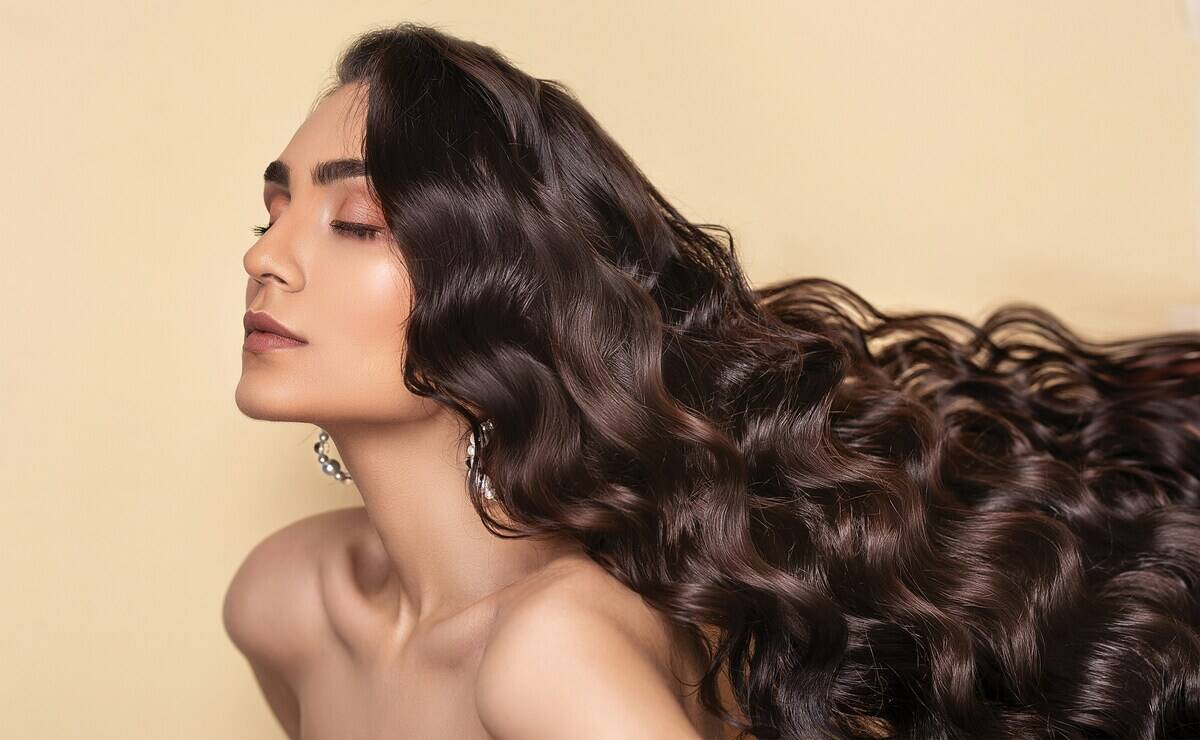
Did you know the average human head has about 100,000 to 150,000 hair follicles? That’s a lot of hair to manage! Each follicle can grow multiple hairs over a lifetime, contributing to the impressive volume many of us enjoy. Interestingly, the number of hair follicles is determined before birth, and they never increase in number, despite how much we wish they might.
Hair Growth: Faster Than You Think!
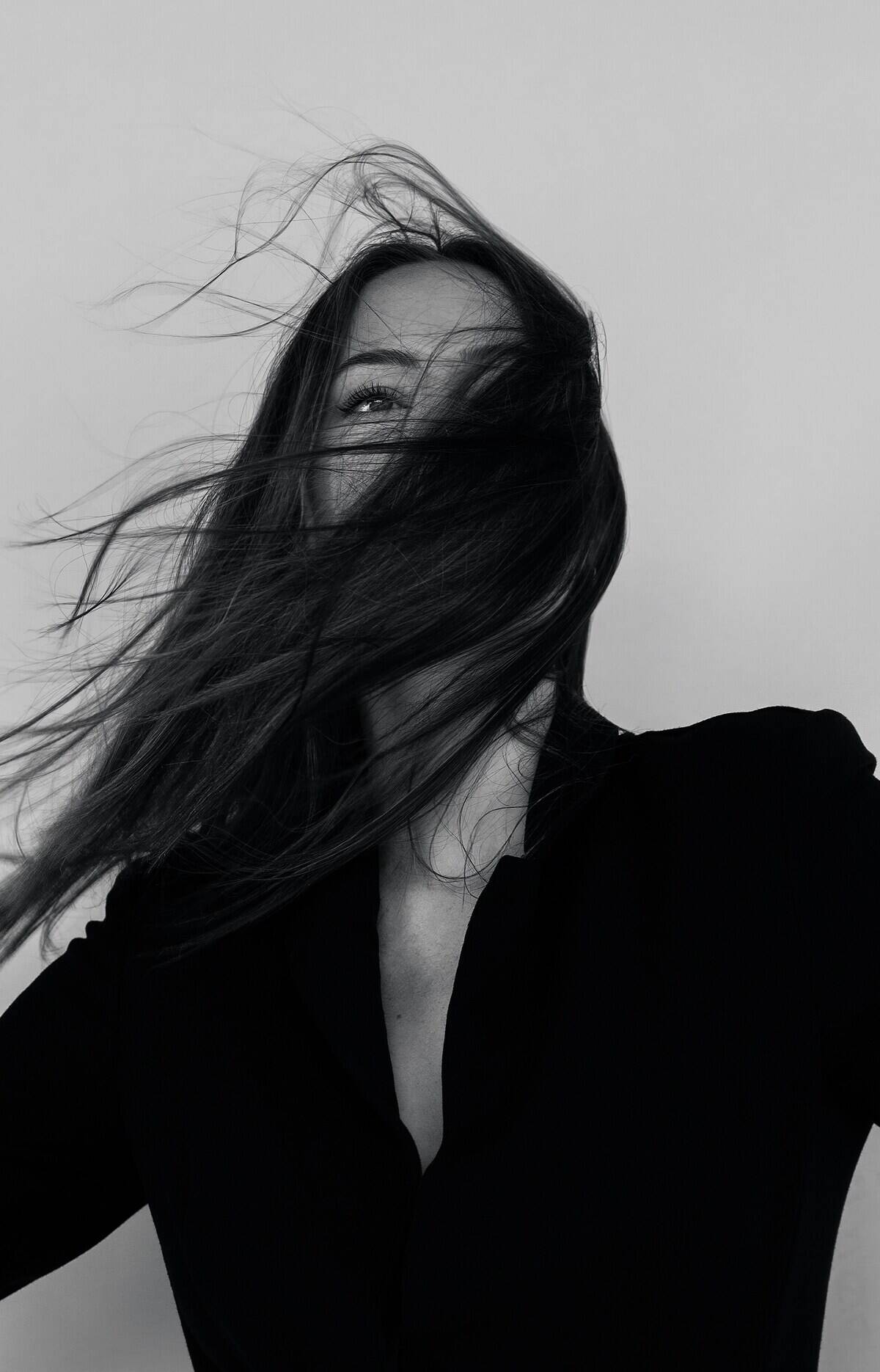
Hair grows at an average rate of about half an inch per month, which translates to roughly six inches a year. This growth rate can be influenced by several factors, including genetics, diet, and even the time of year. Yes, hair tends to grow slightly faster in the summer due to increased blood circulation. So, if you’re looking to grow out your locks, summer might just be your best friend.
The Color Spectrum: More Than Just Blonde, Brunette, and Red
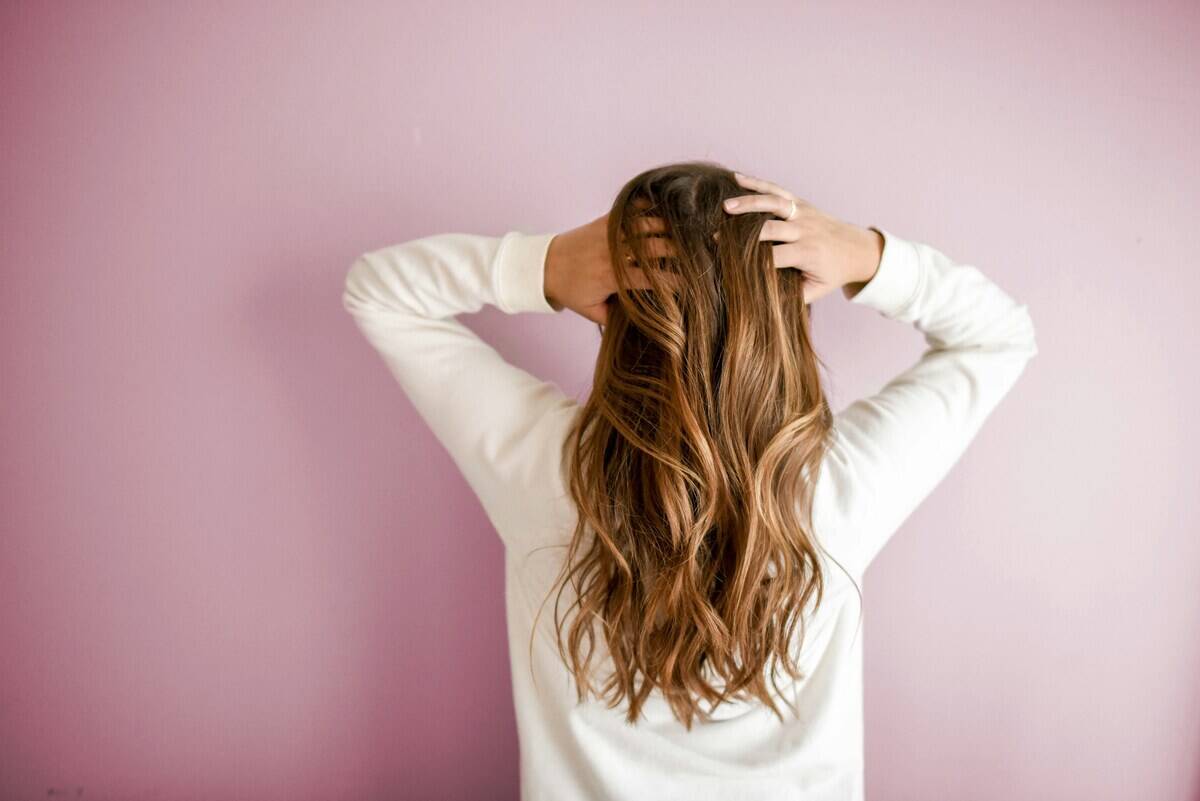
While we often think of hair colors as simply blonde, brunette, or red, the spectrum is much broader. There are countless shades and tones, from jet black to platinum blonde, with variations in between like ash blonde and auburn. This variety is due to the different types and amounts of melanin present in the hair. Interestingly, red hair is the rarest, found in only 1-2% of the world’s population.
Hair’s Lifespan: From Birth to Shedding
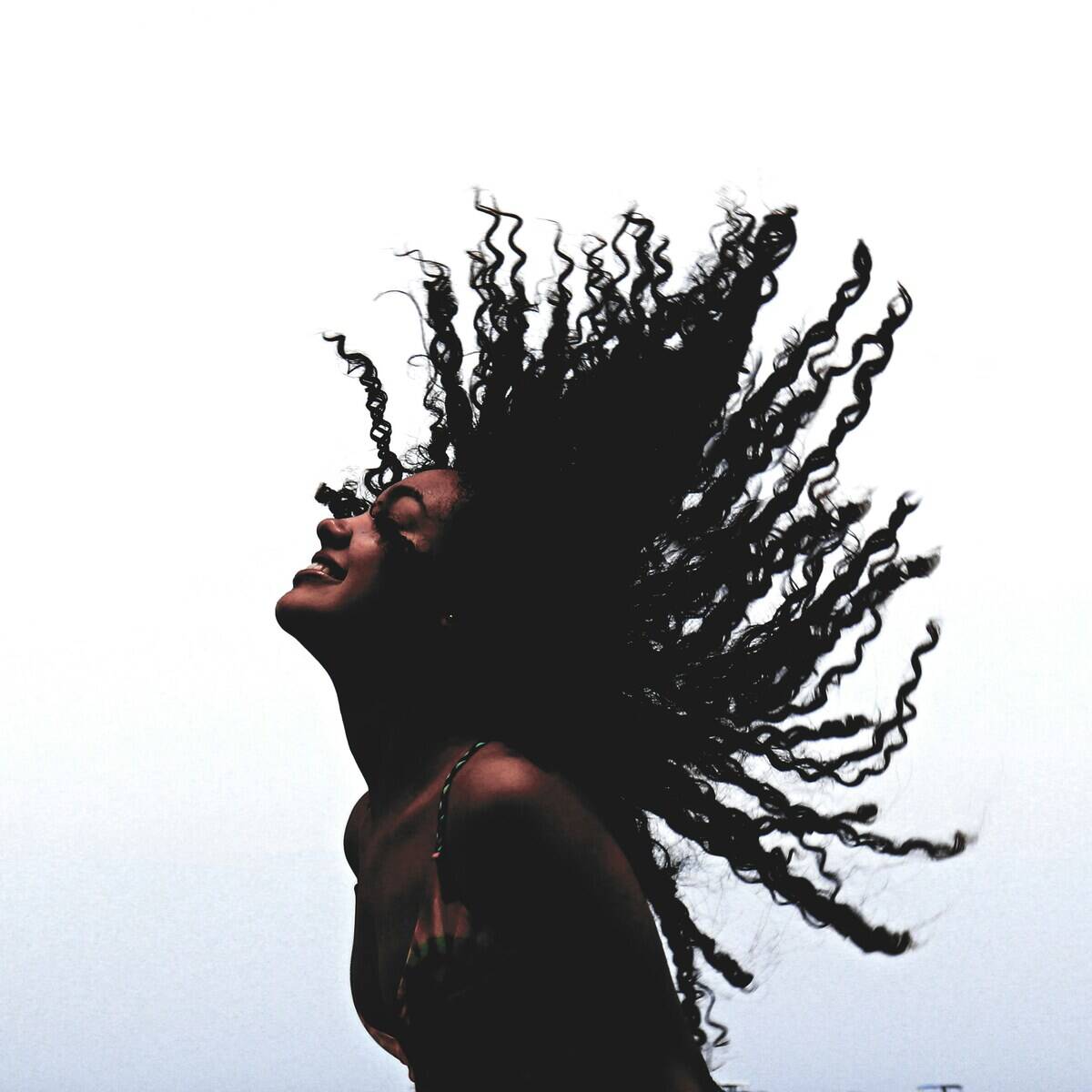
Each strand of hair has a lifespan of about two to seven years, undergoing a cycle of growth, rest, and shedding. During the growth phase, known as anagen, hair is actively growing. The catagen phase follows, where growth slows, and finally, the telogen phase occurs, culminating in natural shedding. It’s normal to lose 50-100 hairs a day, so no need to panic when you see some in your brush.
How Hair Reflects Your Health
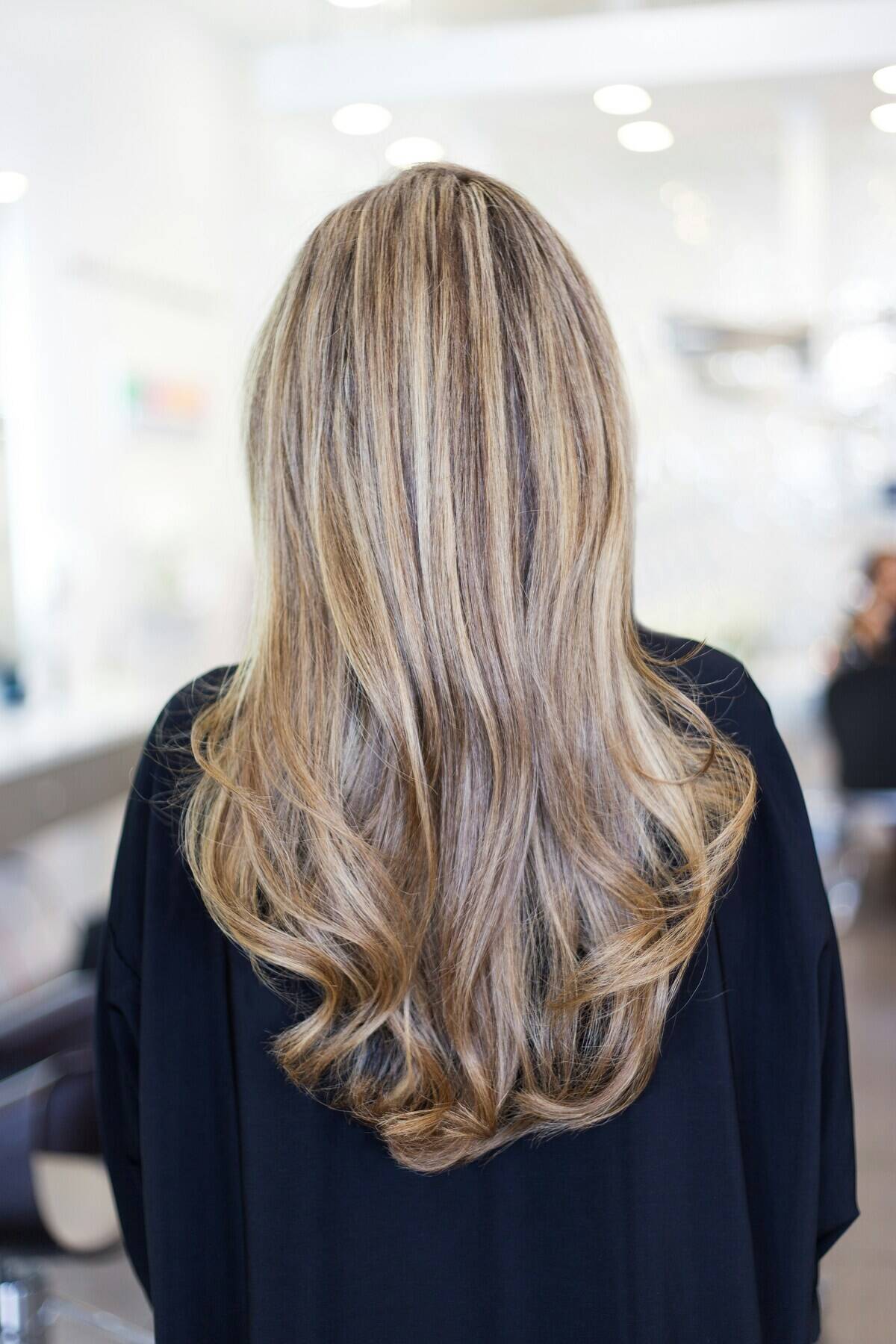
Your hair can say a lot about your overall health. For instance, brittle or thinning hair might indicate nutritional deficiencies or stress. A diet rich in vitamins and minerals, particularly those like iron and vitamin D, can promote healthy hair. It’s fascinating how our bodies can manifest internal conditions through our hair, sometimes acting as an early warning system.
The Science Behind Bad Hair Days
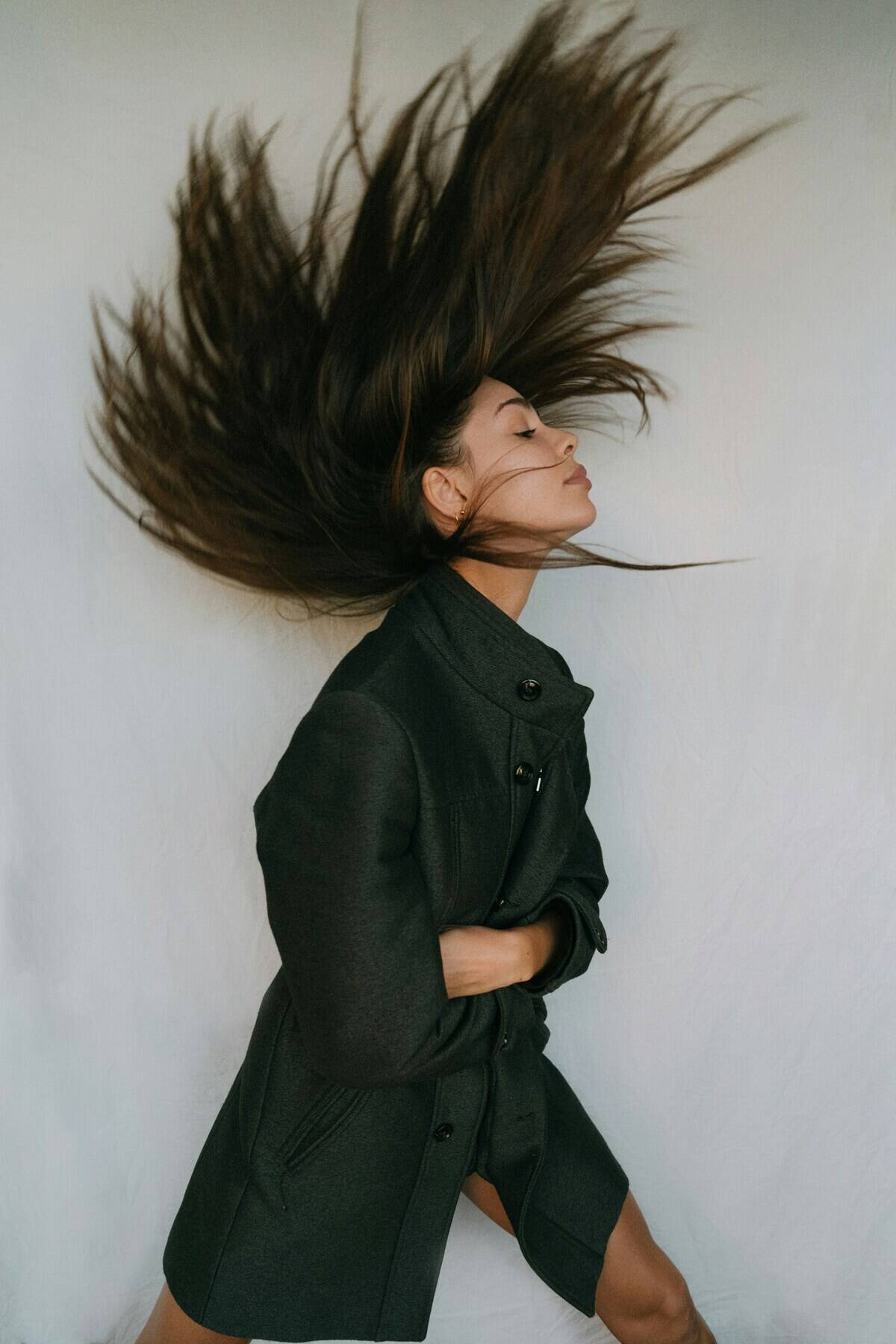
We’ve all experienced a bad hair day, but did you know there’s science behind it? Humidity is a major culprit, as moisture makes hair strands swell, leading to frizz. Hair texture also plays a role; curly hair is more prone to frizz than straight hair. So next time you’re battling unruly locks, remember it’s not just you—it’s physics and biology at play.
Hair’s Role in Temperature Regulation

Hair helps regulate body temperature by providing insulation. In colder climates, a full head of hair can help retain heat, much like an extra layer of clothing. Conversely, in hot weather, hair can protect the scalp from sunburn. This natural adaptation highlights how hair has evolved to serve practical purposes beyond aesthetics.
Fun Fact: Hair is Stronger Than You Might Imagine
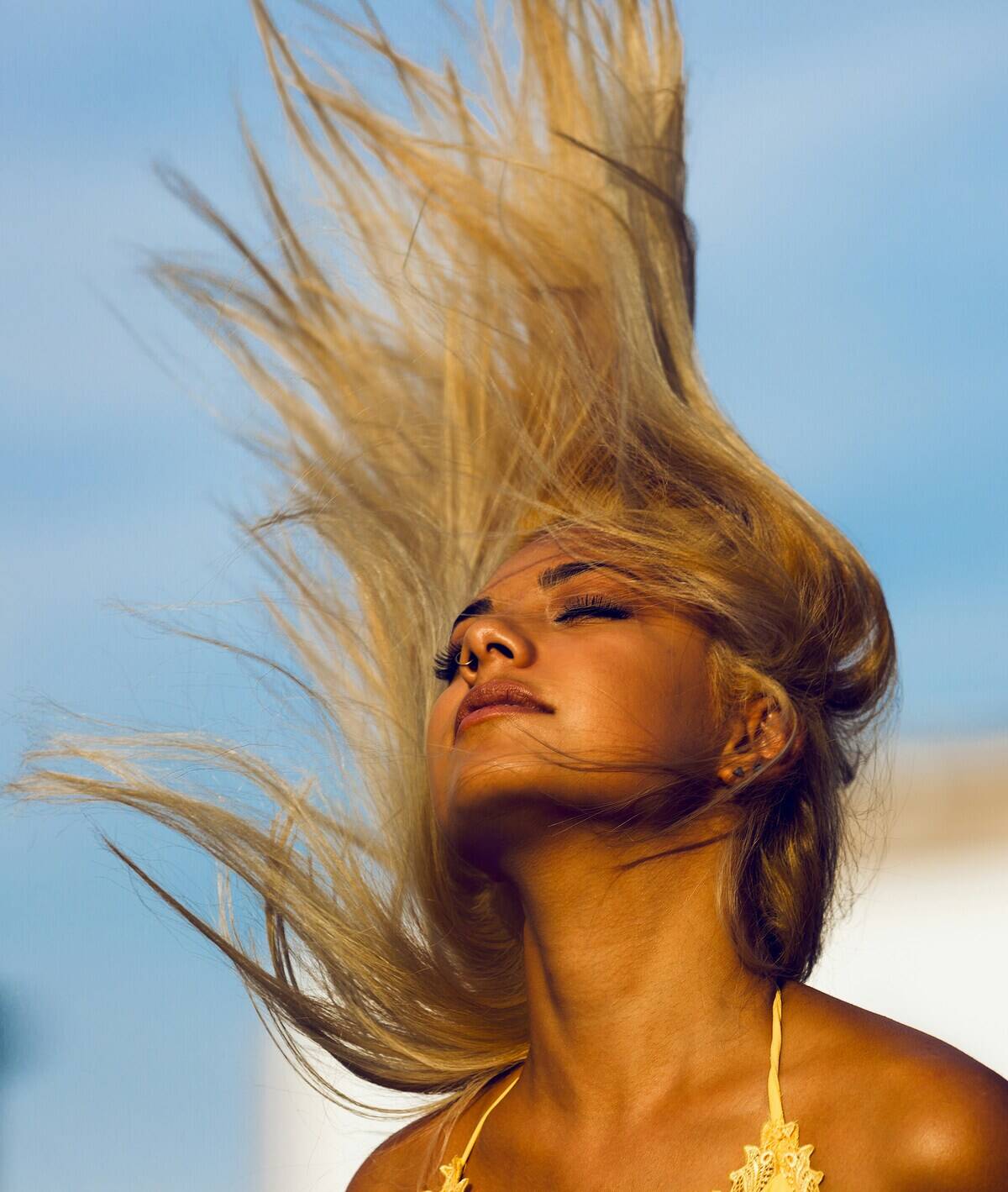
Despite its delicate appearance, hair is incredibly strong. A single strand can support up to 100 grams in weight. This strength is due to the keratin protein structure, which is also found in nails and animal hooves. So next time you feel like your hair is fragile, remember its remarkable resilience.
Cultural Significance and Superstitions Surrounding Hair

Hair holds cultural significance worldwide, often symbolizing strength, beauty, or status. In many cultures, cutting hair can represent a rite of passage or a fresh start. Superstitions abound; for example, in some traditions, cutting hair on certain days is believed to bring bad luck. Hair’s cultural importance is as diverse as the people who cherish it.
Hair Loss: Myths vs. Facts
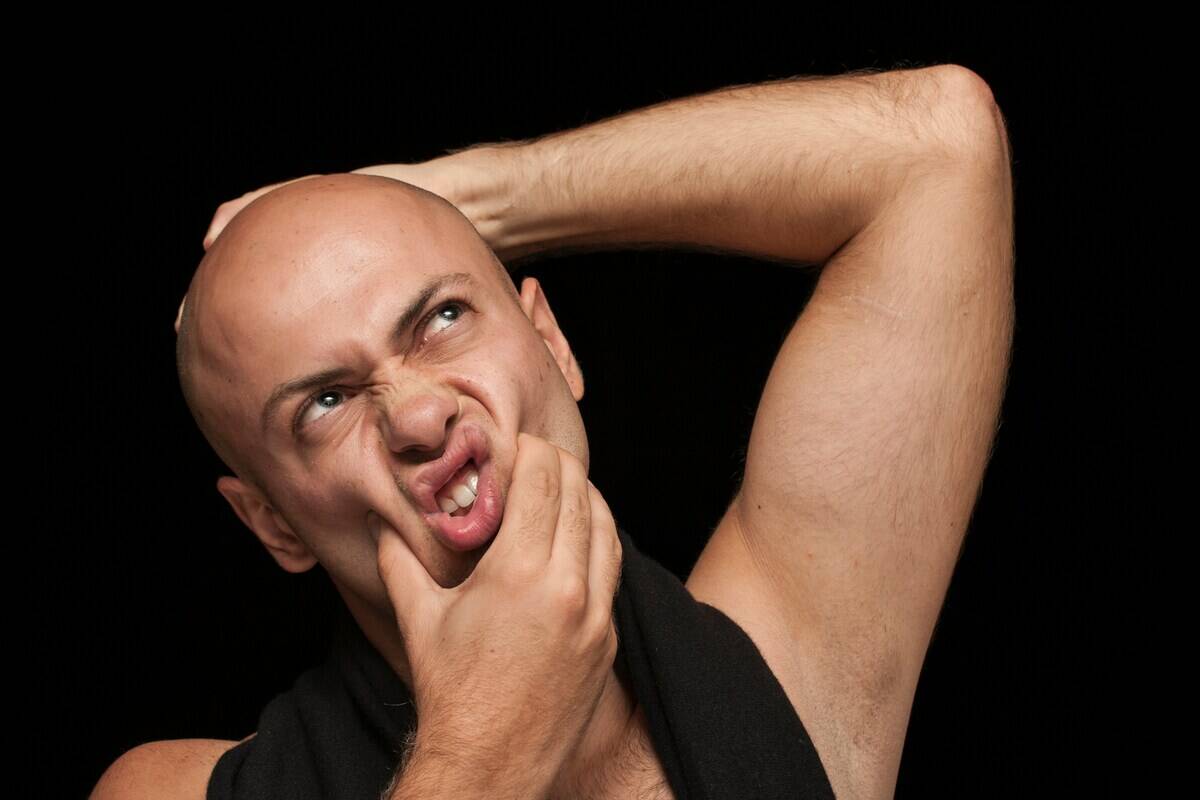
There are many myths surrounding hair loss—like wearing hats causes baldness or that stress alone leads to hair falling out. The truth is more complex, often involving genetics, hormonal changes, or medical conditions. While stress can contribute to hair loss, it’s usually not the sole cause. Understanding the facts can help in managing expectations and finding effective treatments.
Can Hair Really “Stand on End”?
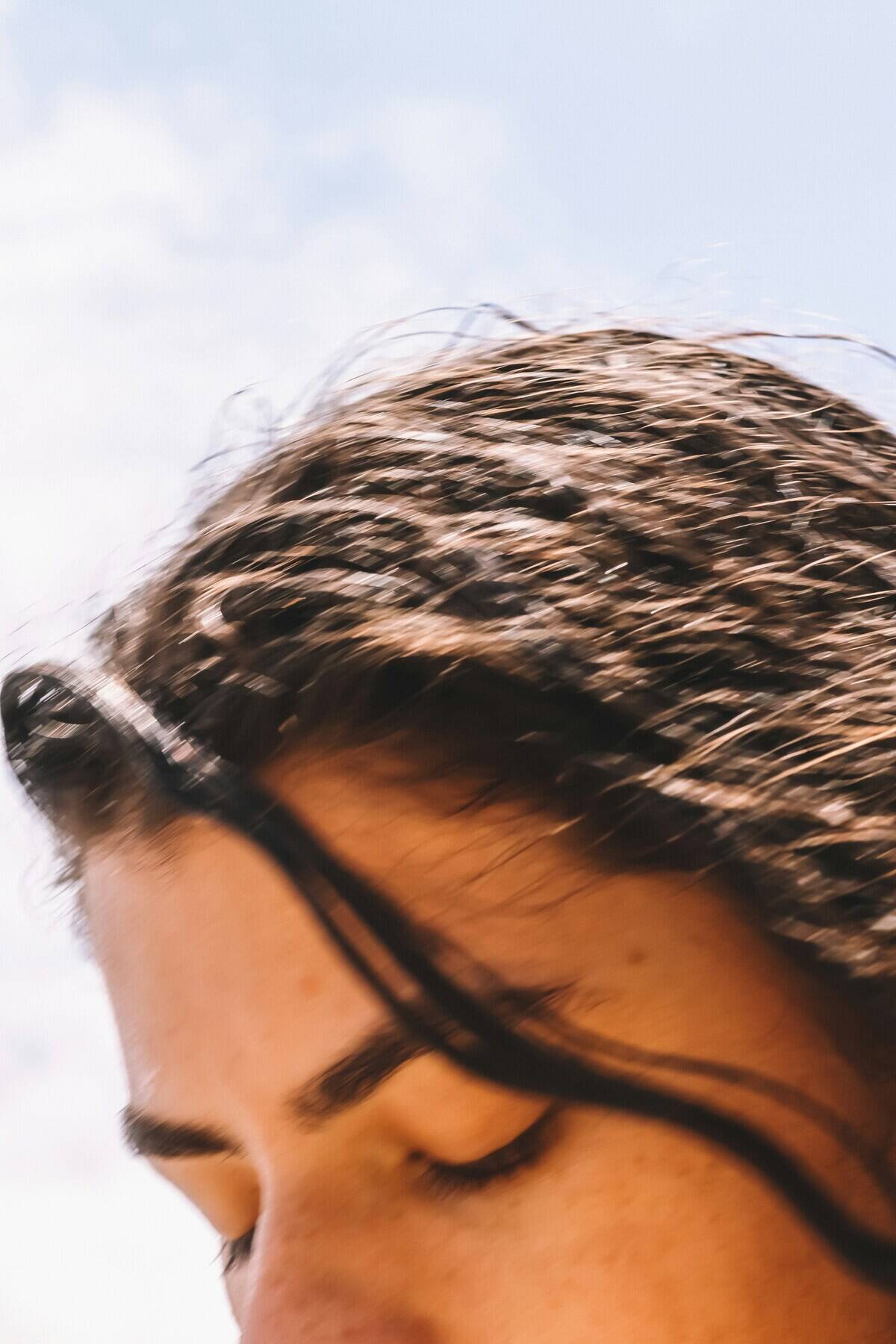
Yes, hair can indeed “stand on end,” a phenomenon known as piloerection. This occurs when tiny muscles at the base of hair follicles contract, usually in response to cold or fear. It’s an evolutionary trait inherited from our ancestors, where puffing up hair made them appear larger to predators. While not as practical for humans today, it’s a fascinating glimpse into our biological heritage.
The Truth About Split Ends
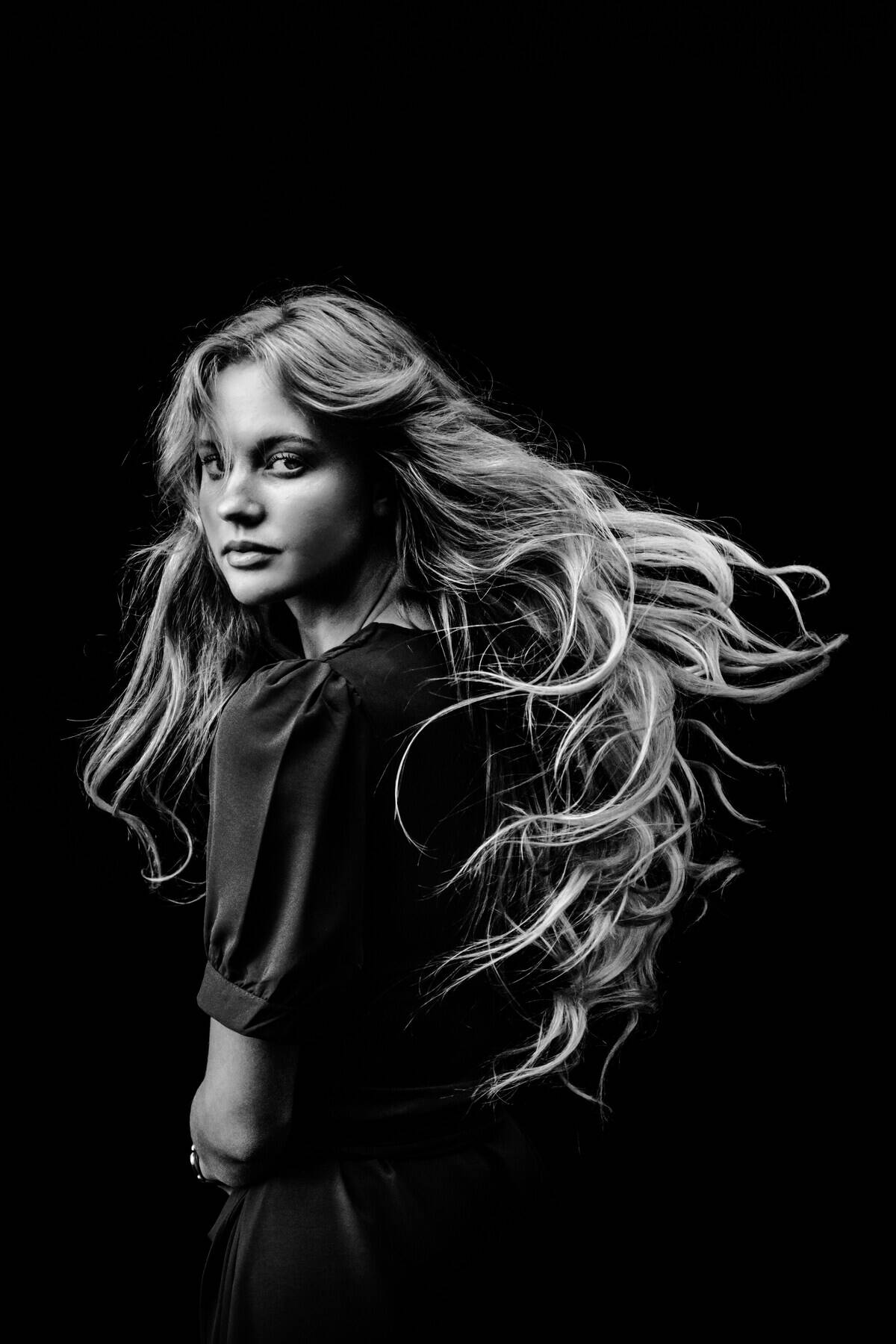
Split ends occur when the protective outer layer of the hair cuticle is damaged, leading to fraying. Common causes include excessive heat styling, chemical treatments, and environmental factors. Unfortunately, once split ends occur, the only remedy is trimming. Regular conditioning and minimizing heat damage can help prevent them, keeping your hair healthier in the long run.
Hair in History: Iconic Hairstyles Through the Ages
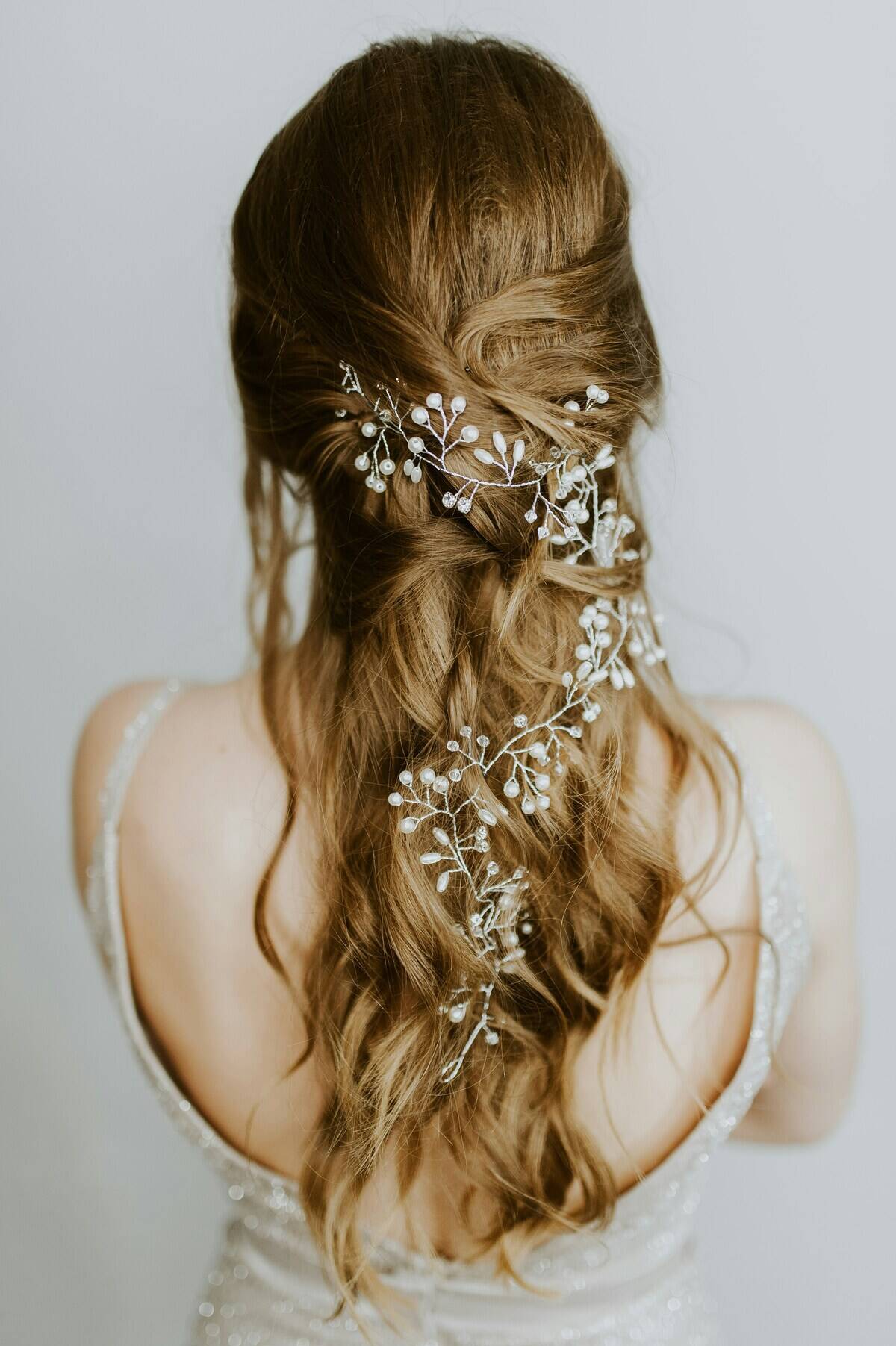
Throughout history, hairstyles have been a reflection of societal values and technological advancements. From the elaborate wigs of the 18th century to the sleek bobs of the 1920s, each era has its signature styles. These iconic looks often symbolized rebellion or conformity, serving as a canvas for personal and collective expression. Hair continues to evolve, mirroring the times.
The Environmental Impact on Hair Health
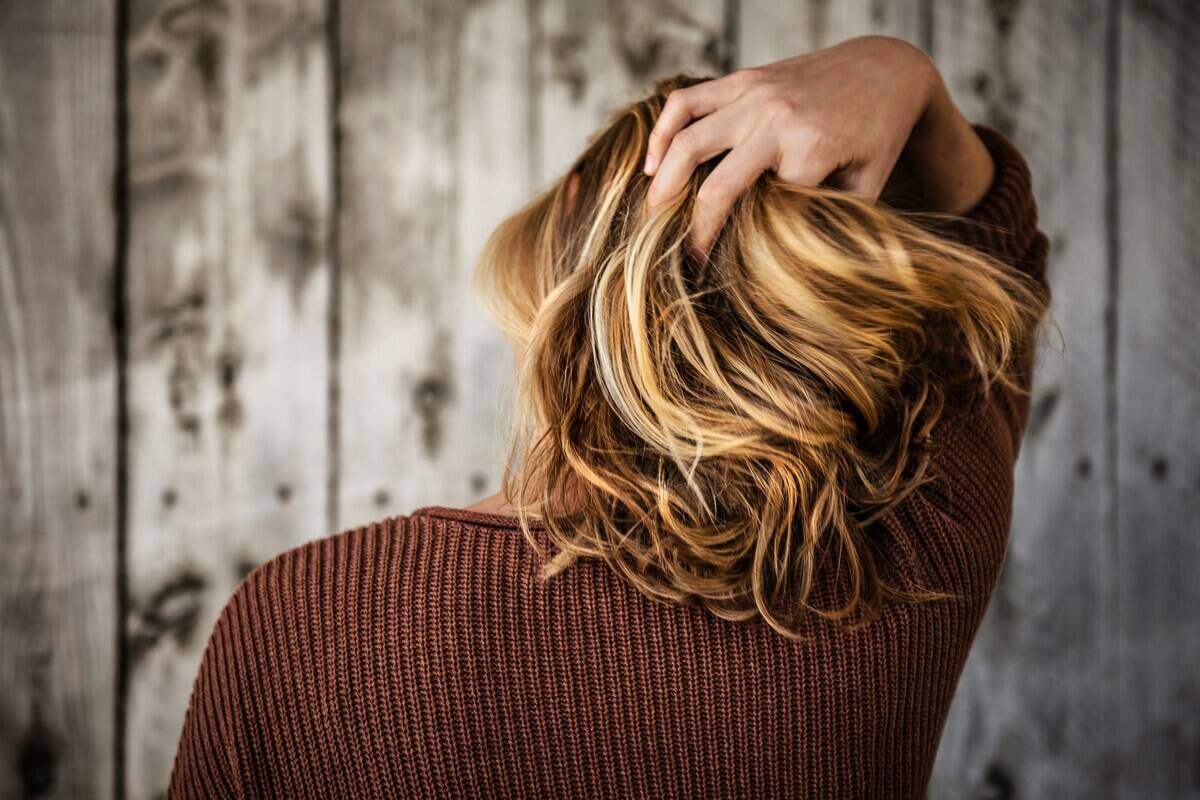
Environmental factors like pollution, UV radiation, and humidity can significantly affect hair health. Pollutants can cause buildup on the scalp, leading to dullness and weakening of hair strands. UV rays, much like on the skin, can damage the hair cuticle. Protecting hair from these elements, using hats or protective sprays, can maintain its vitality and shine.
Unusual Uses for Human Hair
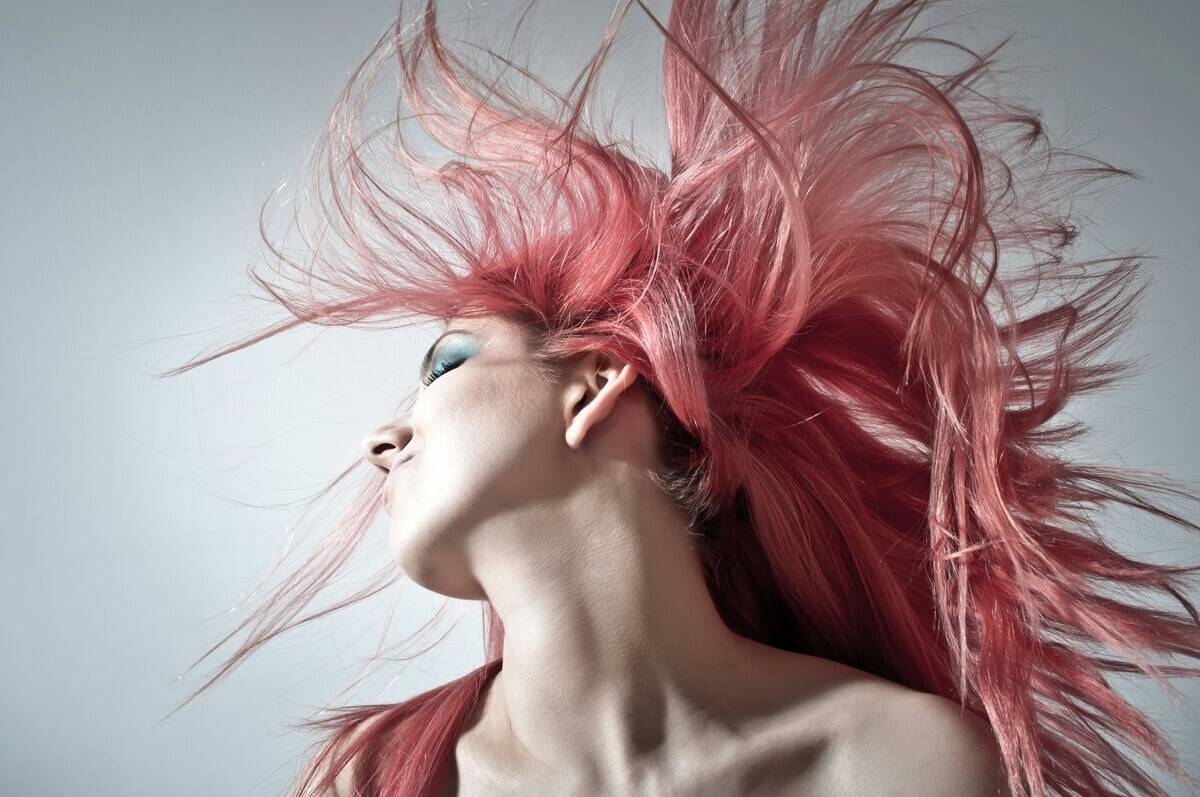
Human hair has found its way into some unexpected applications. It’s used in the creation of wigs and extensions, but also in the arts, like hair jewelry or Victorian mourning pieces. Hair is even employed in environmental cleanup efforts, as it can effectively absorb oil from spills. These varied uses highlight hair’s versatility beyond its primary role on our heads.
Hair and Identity: The Psychology of Hairstyles
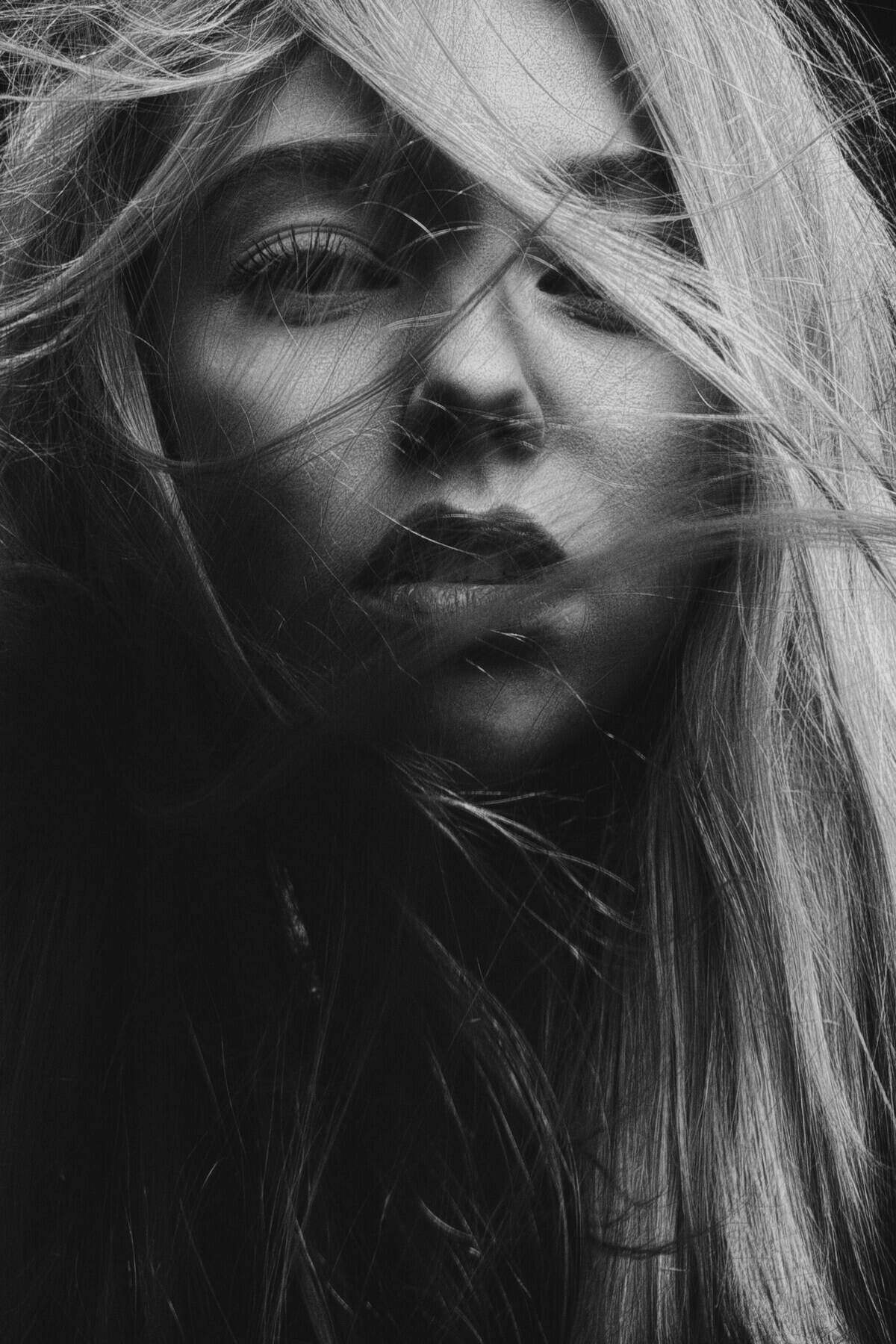
Hairstyles often serve as an extension of one’s identity, reflecting personality, beliefs, or emotions. Changing a hairstyle can be a form of self-expression or a response to life changes. Psychology suggests that how we wear our hair can influence how we feel about ourselves and how others perceive us. It’s a powerful tool in the narrative of self-identity.




